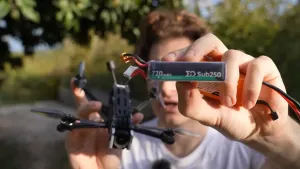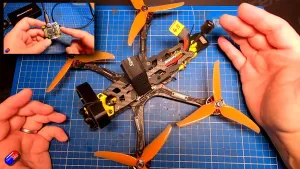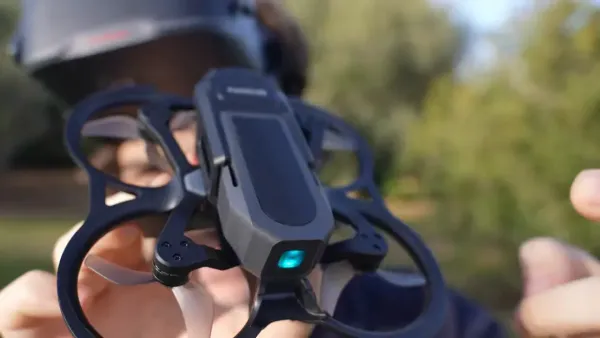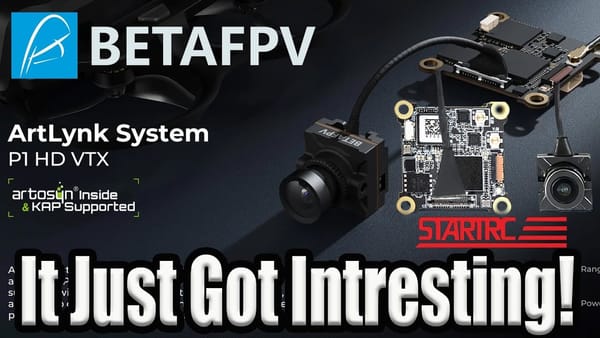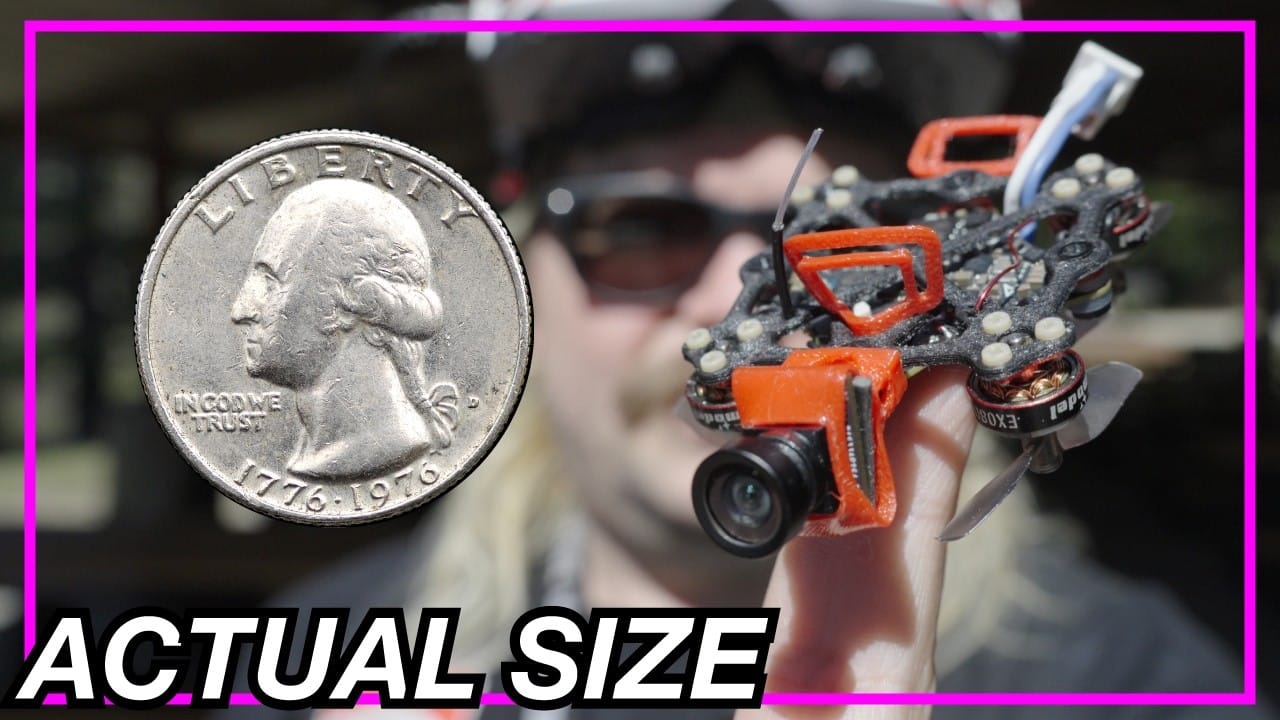
Spider Sugar brings us two pocket rockets that redefine what counts as an FPV toy. The clip matters because these craft are 100% 3D‑printed and fly like they mean it.
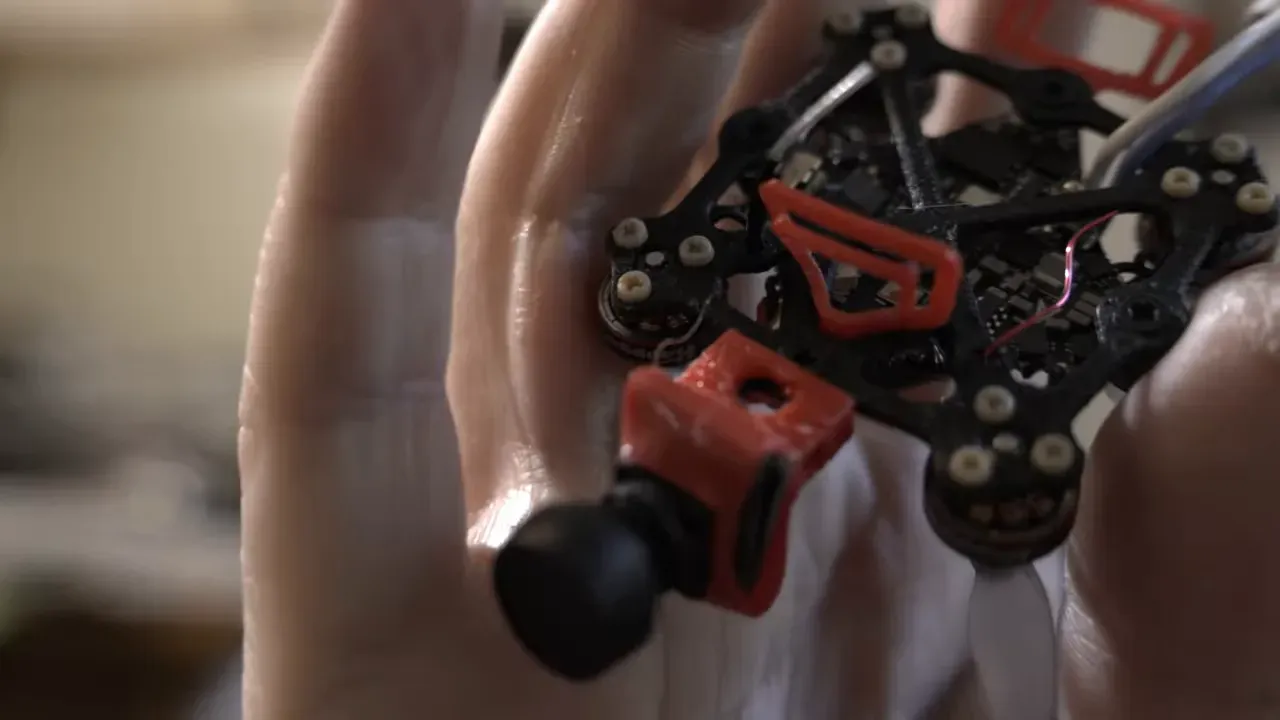
TL:DR
MultiBuild 3D prints a pair of the smallest functioning drones I've seen. One is analog and featherlight (15.5g). The other runs DJI 04 Air Unit. Both fit a single 1S battery and fly surprisingly well for their size.
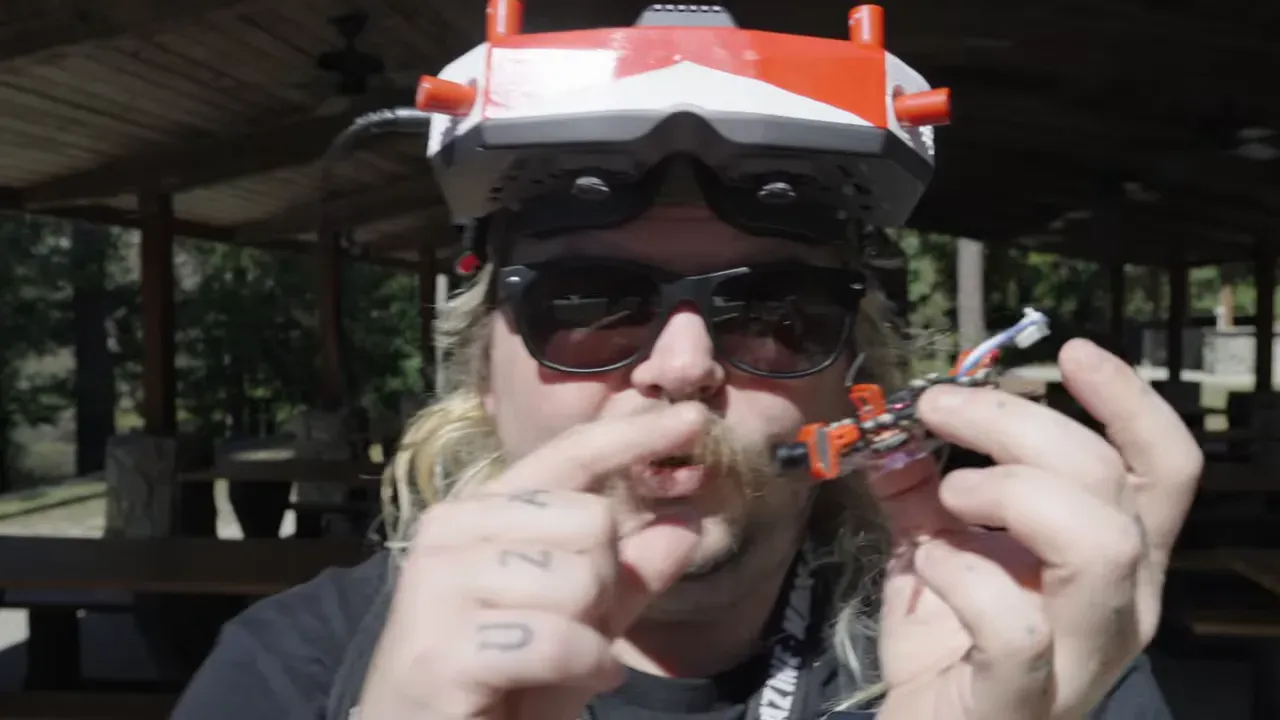
What Spider Sugar found
These are not toys. They are minimalist flight platforms — essentially flying microchips in a TPU body. MultiBuild printed the frames and set the rates for the test units.
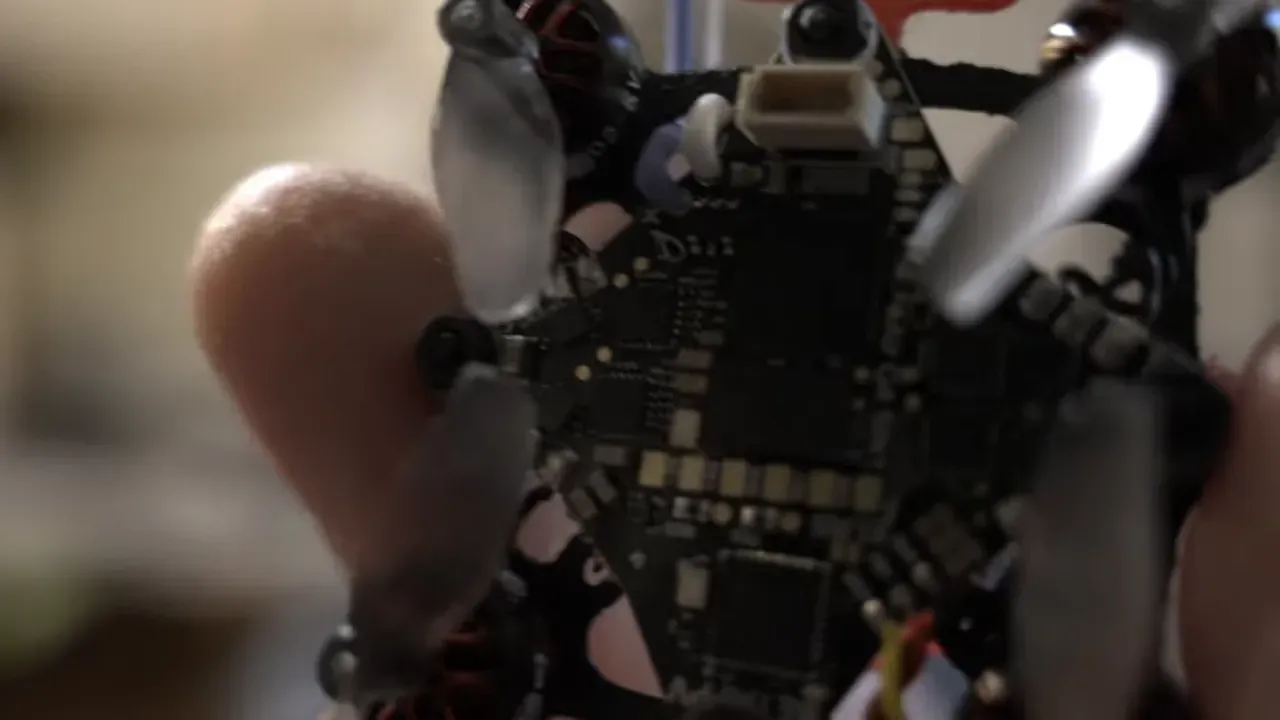
Build and specs
The frames are fully 3D‑printed. They hold a single cell 1S battery using a tiny strap that accepts 350mAh or 450mAh packs.
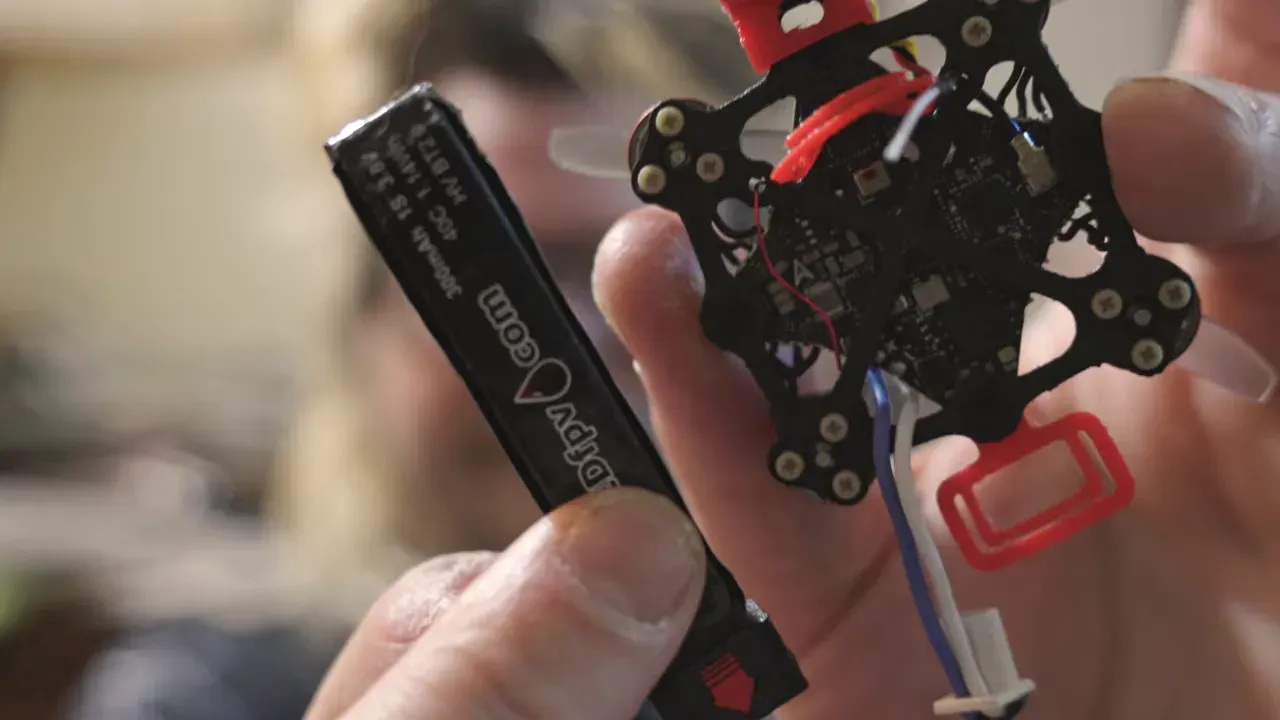
Both machines run open props, so MultiBuild supplied little TPU landing pads. The camera sits at the very front for a forward view.
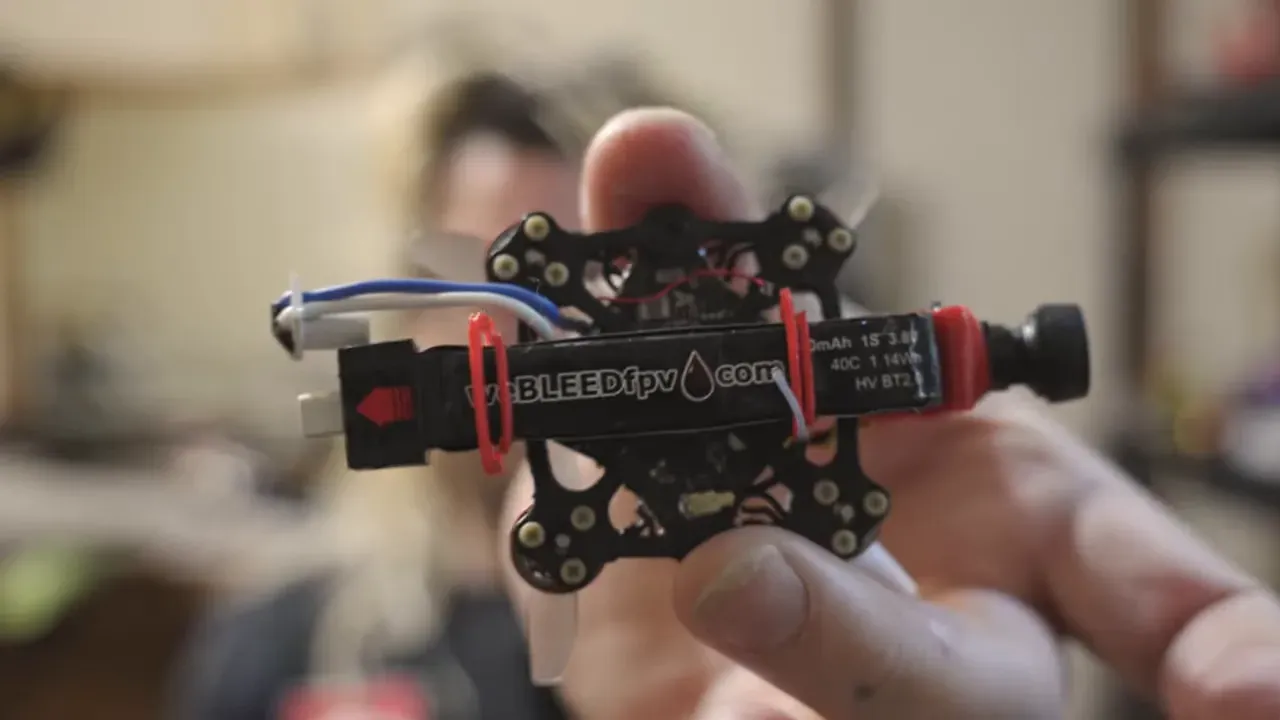
The analog unit weighs 15.5 grams. For context, a Beta FPV Air 65 is around 18 grams. These nanos are smaller and lighter than most whoops.
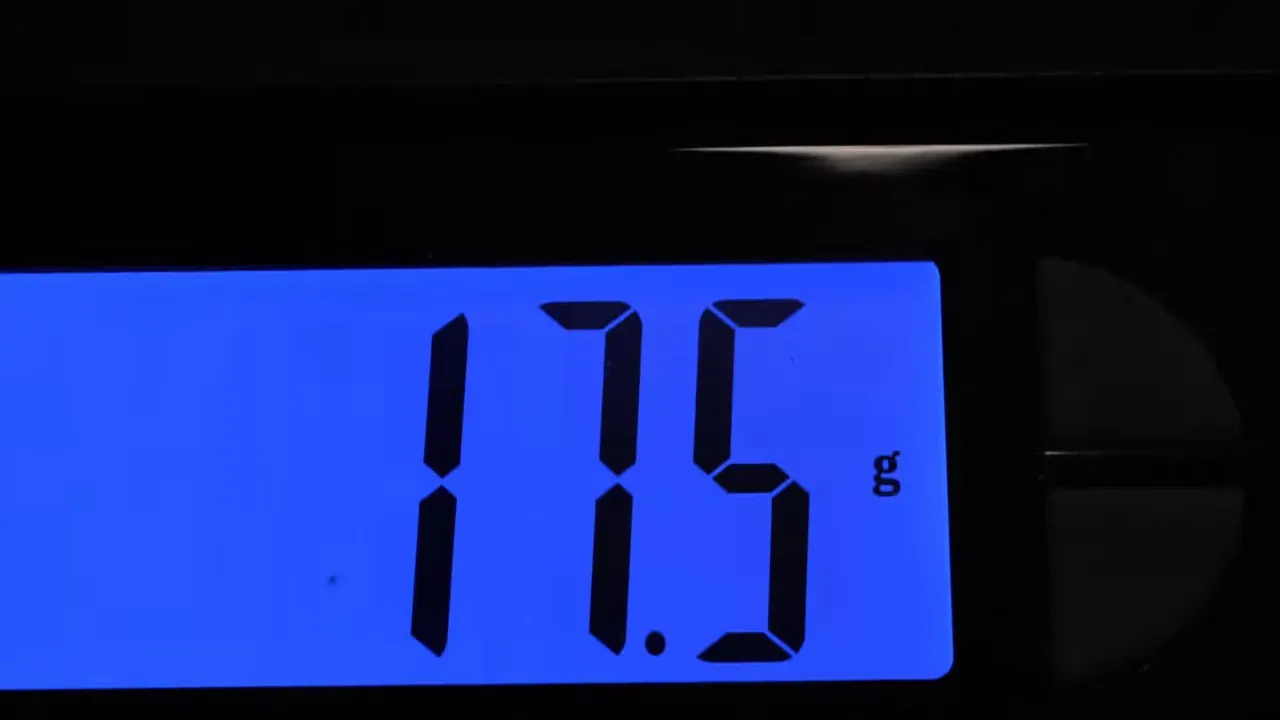
Powertrain and prop options
Stock props are tiny — the test used 65mm props on at least one build. Spider Sugar later tried tri‑blade props for different feel and efficiency.
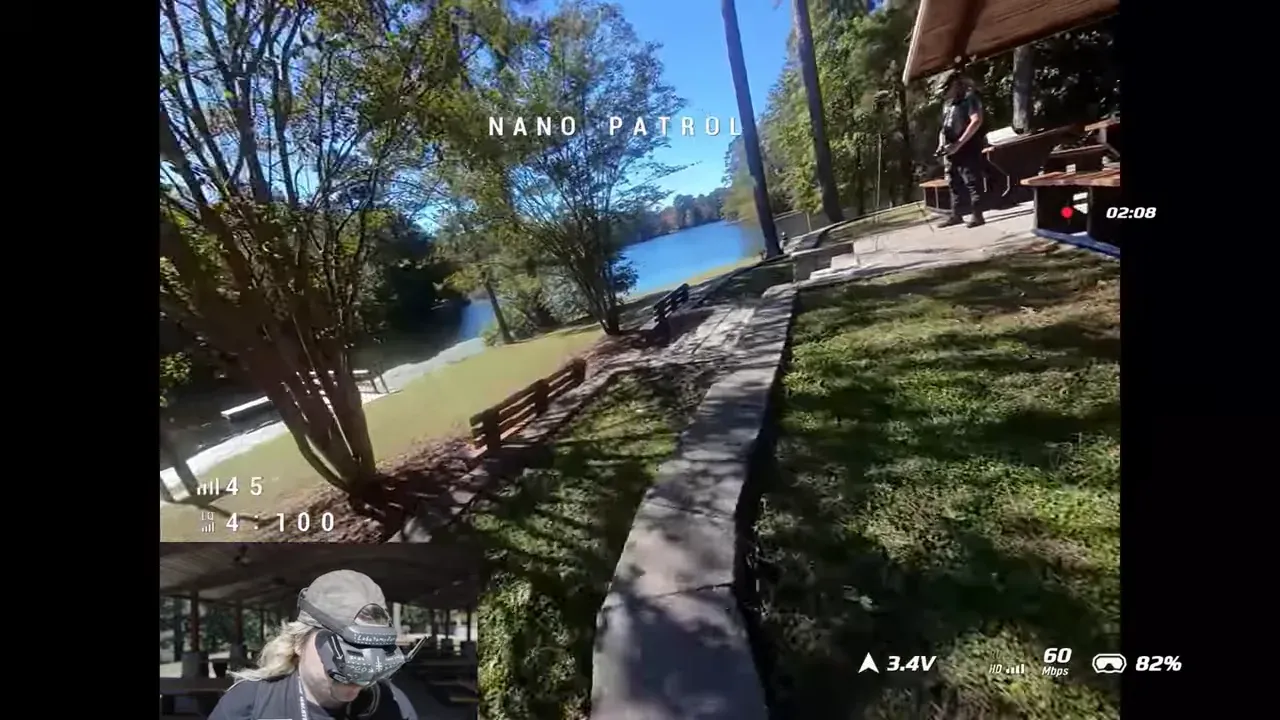
Power comes from tiny motors and the 1S battery. The 450mAh battery gives longer flight time but reduces peak performance versus a lighter 350mAh.
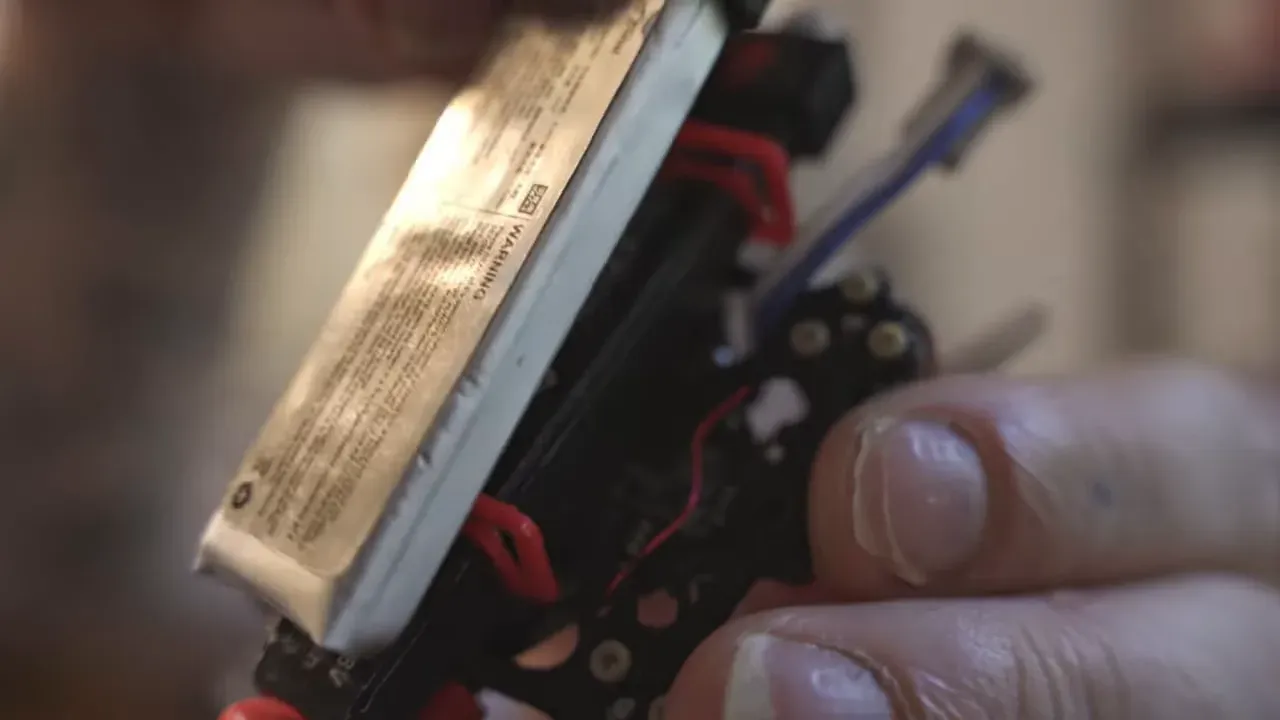
Field tests — what actually happened
In the park test the 04‑unit light was fast when pushed. The host noted camera angle and rate settings limited perceived speed on the first runs.
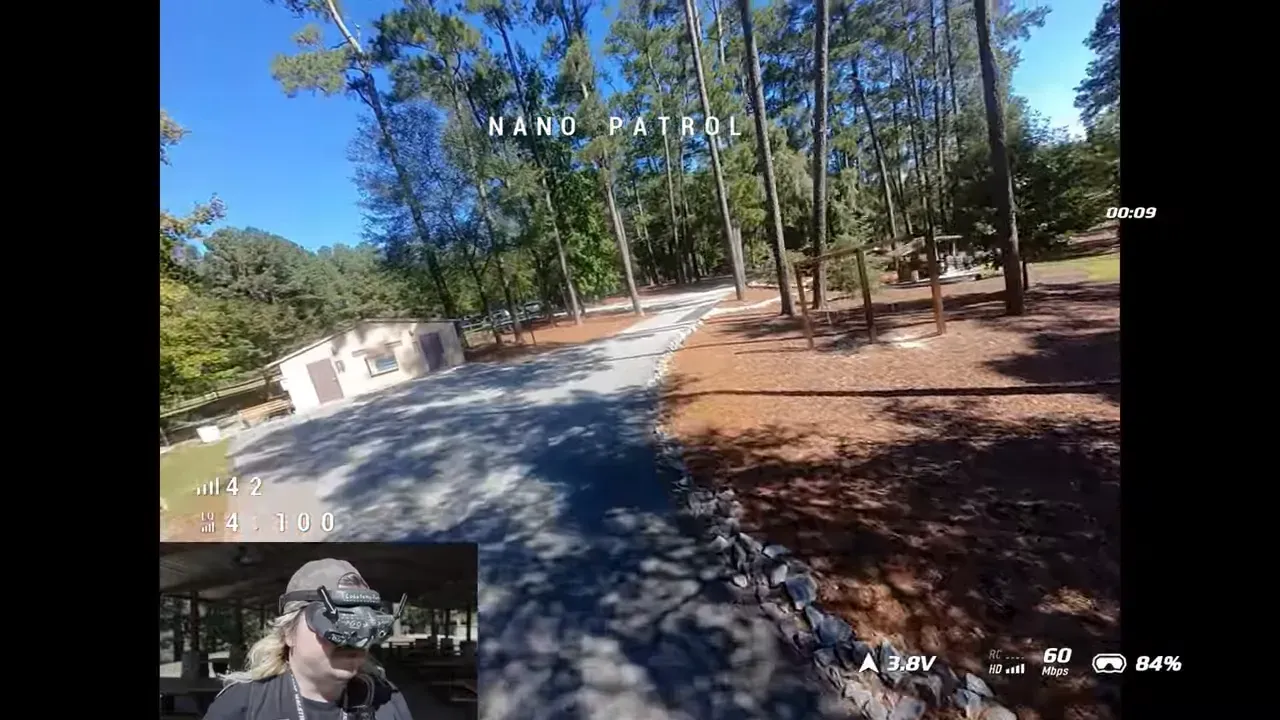
The analog build surprised. It flew smooth and cinematic. Spider Sugar reported easy rolls and solid yaw control despite the tiny camera angle.
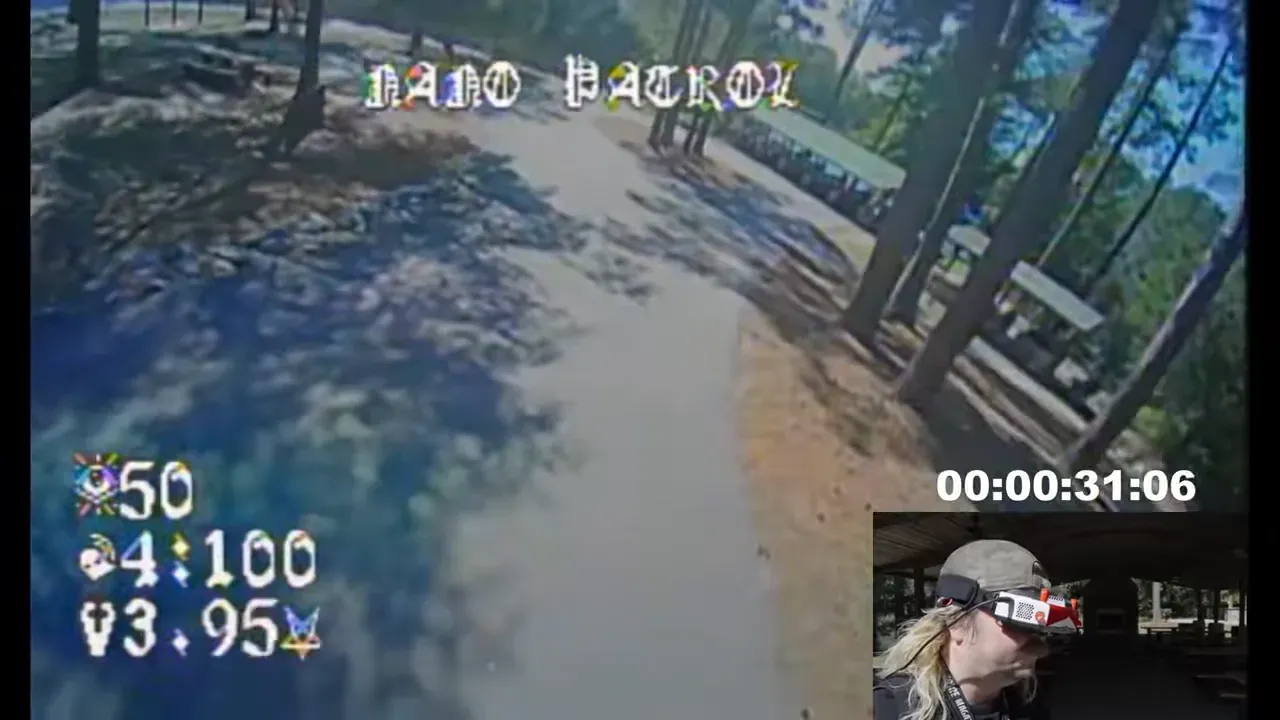
Flight time reached about two minutes on cautious cruising with a decent battery. Wind introduced some shake, but the craft held attitude better than expected.
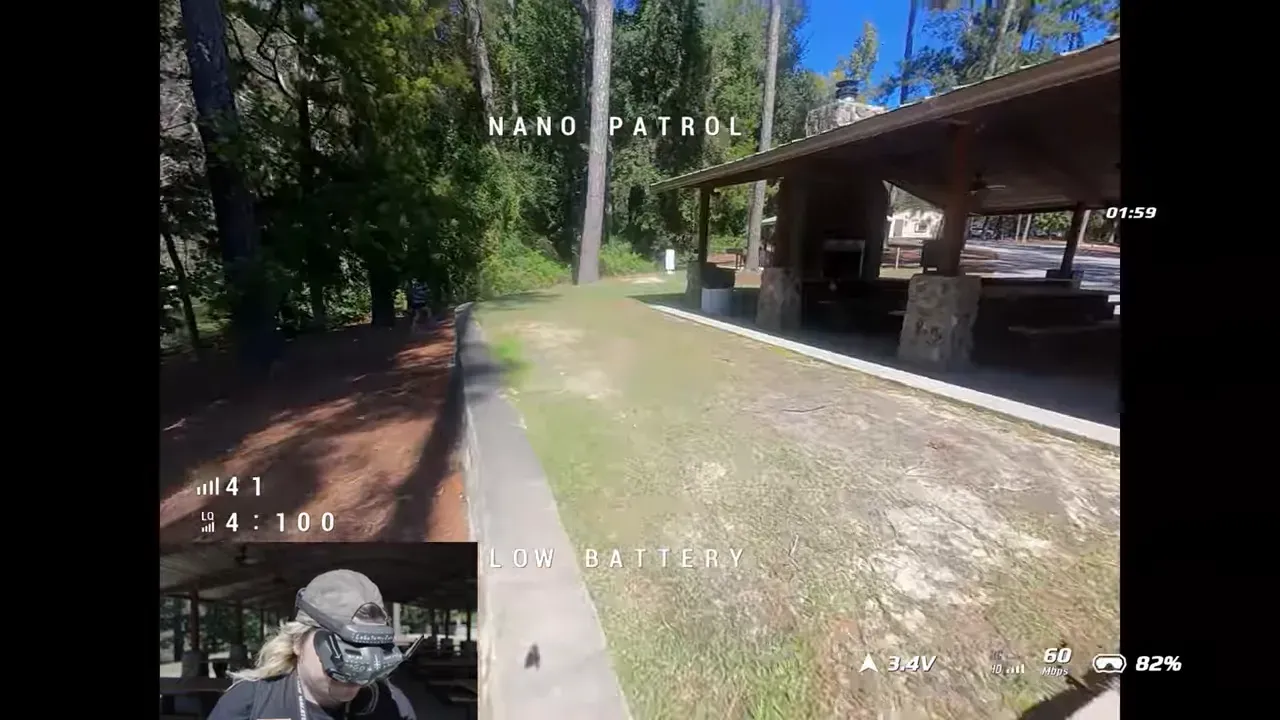
Analog vs DJI 04 Air Unit
The analog unit is lighter and more cinematic. It fits on the tip of a finger and gives a classic tiny‑whoop feel for the FpV hobby purist.
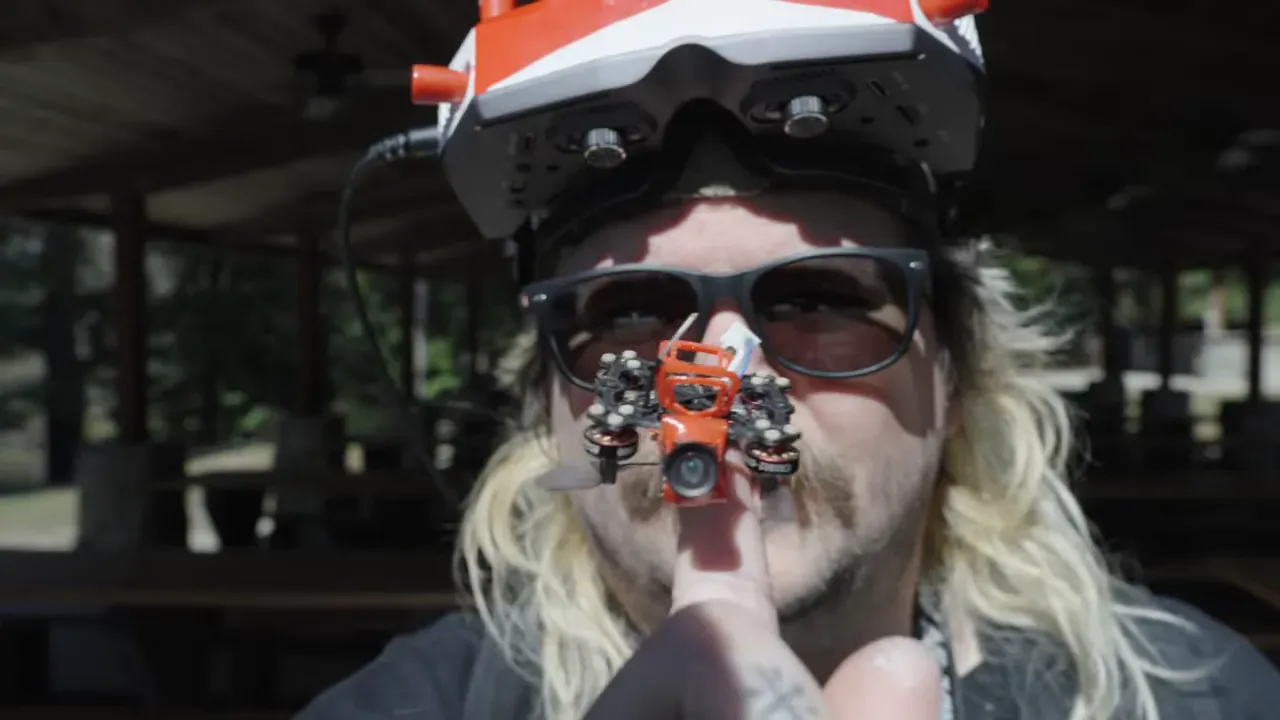
The 04 Air Unit version adds HD capability and speed. It’s slightly taller to house the module, and it demands better batteries and more careful setup.
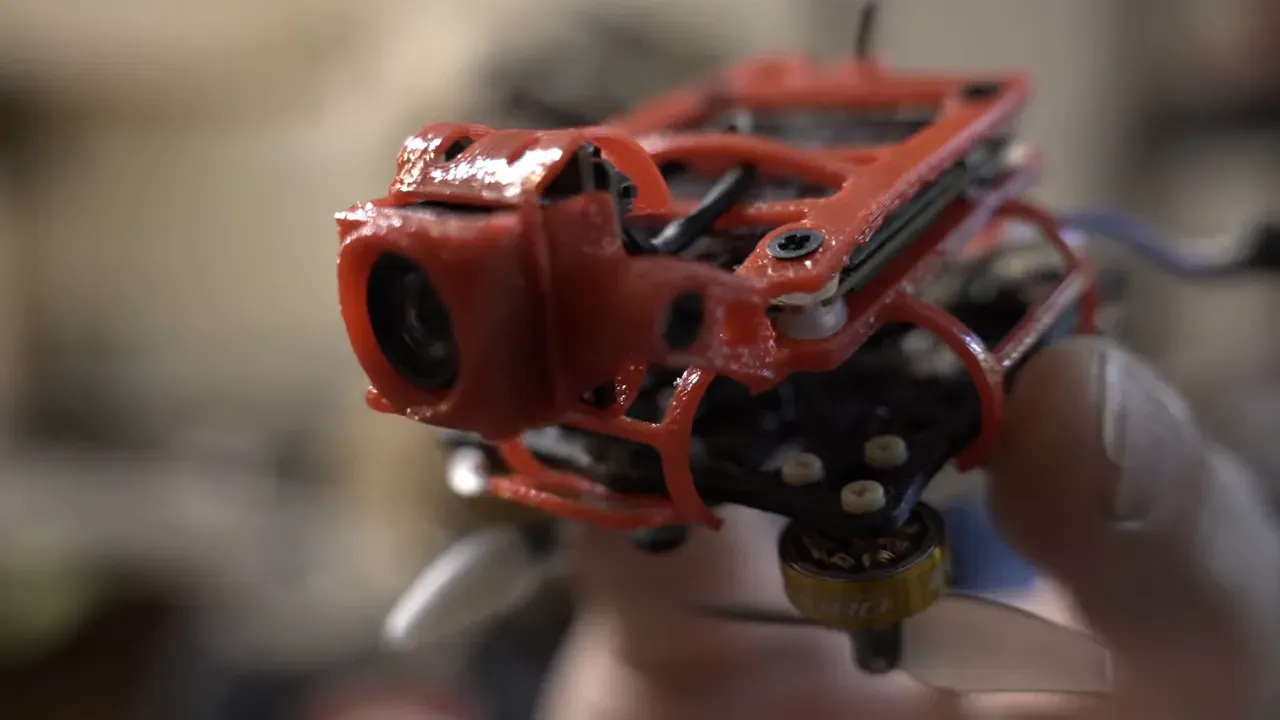
Buildability and sourcing
MultiBuild sells complete kits on Etsy. The kits include prints and recommended parts — useful for someone who wants a minimal build without CAD work.
Spider Sugar paid for these units; they were not gifted. He links to the shop and to MultiBuild's YouTube for builders who want source files or prints.
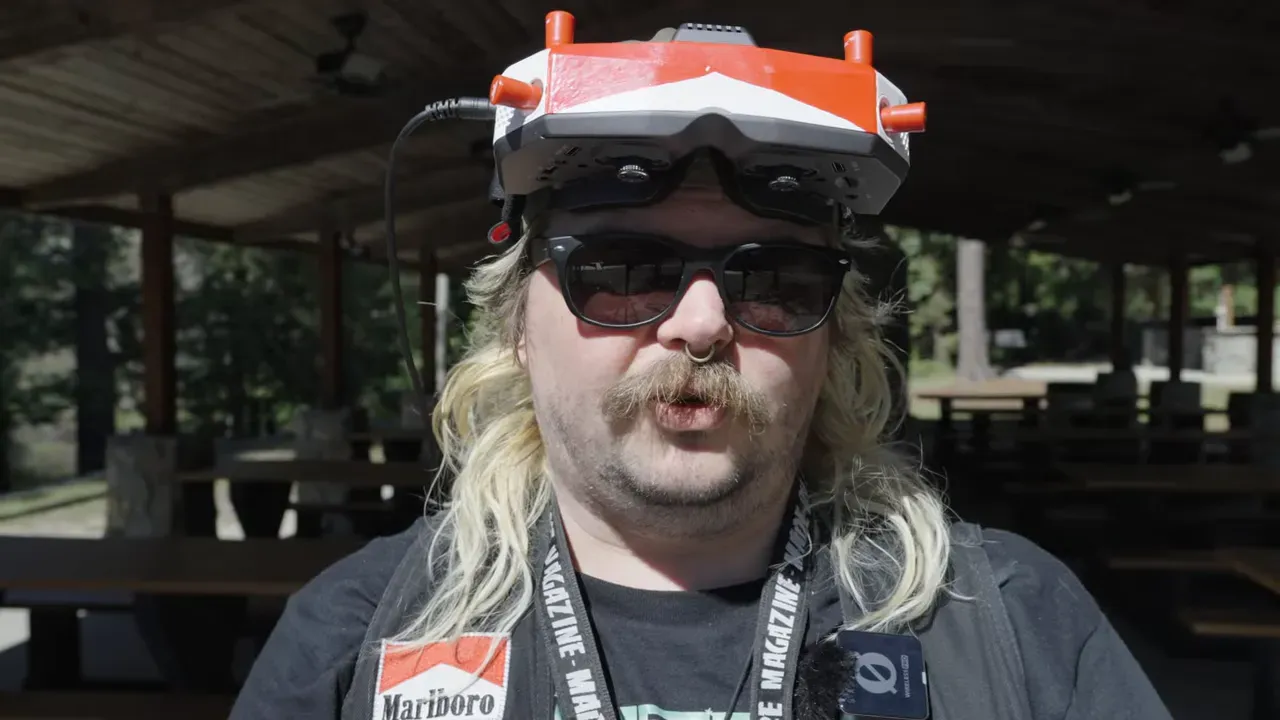
Practical caveats
Open props mean risk around fingers or foliage. Landings on motors need care — the tiny bodies can crush props if they sit down hard.
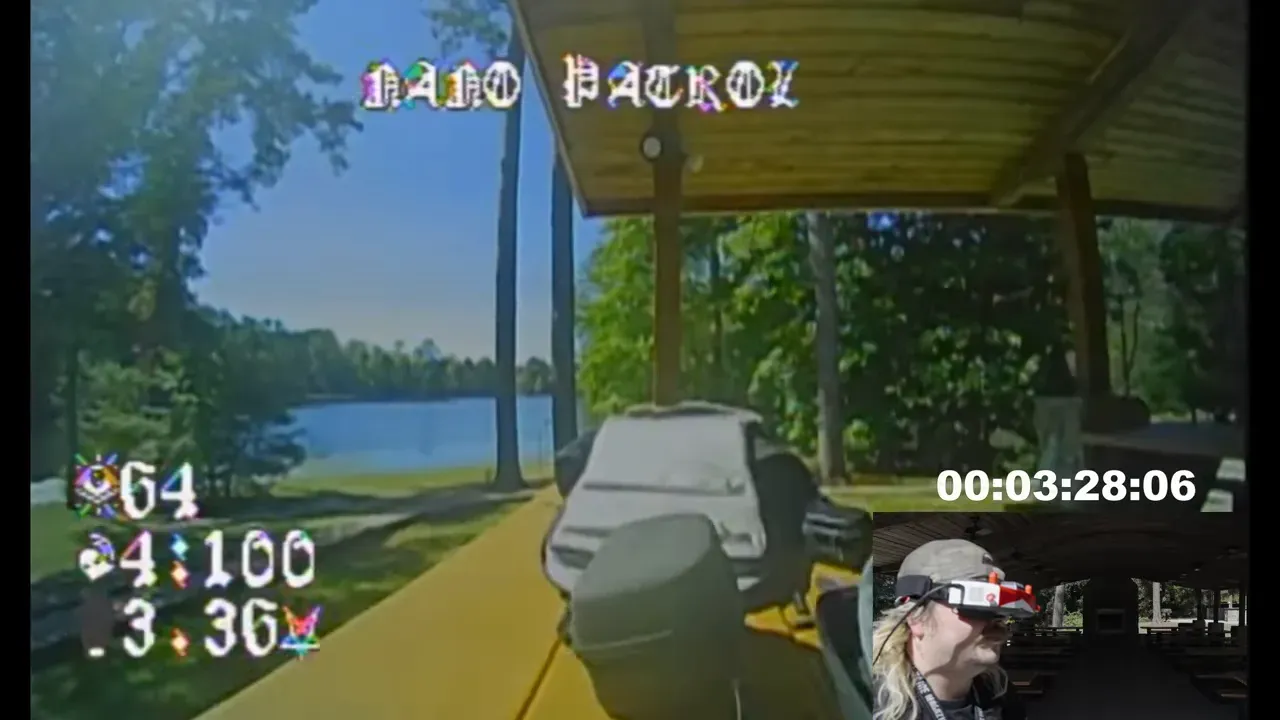
Analog over water makes the host jittery — lost drones happen. Use conservative altitude and a good failsafe when flying near obstacles.
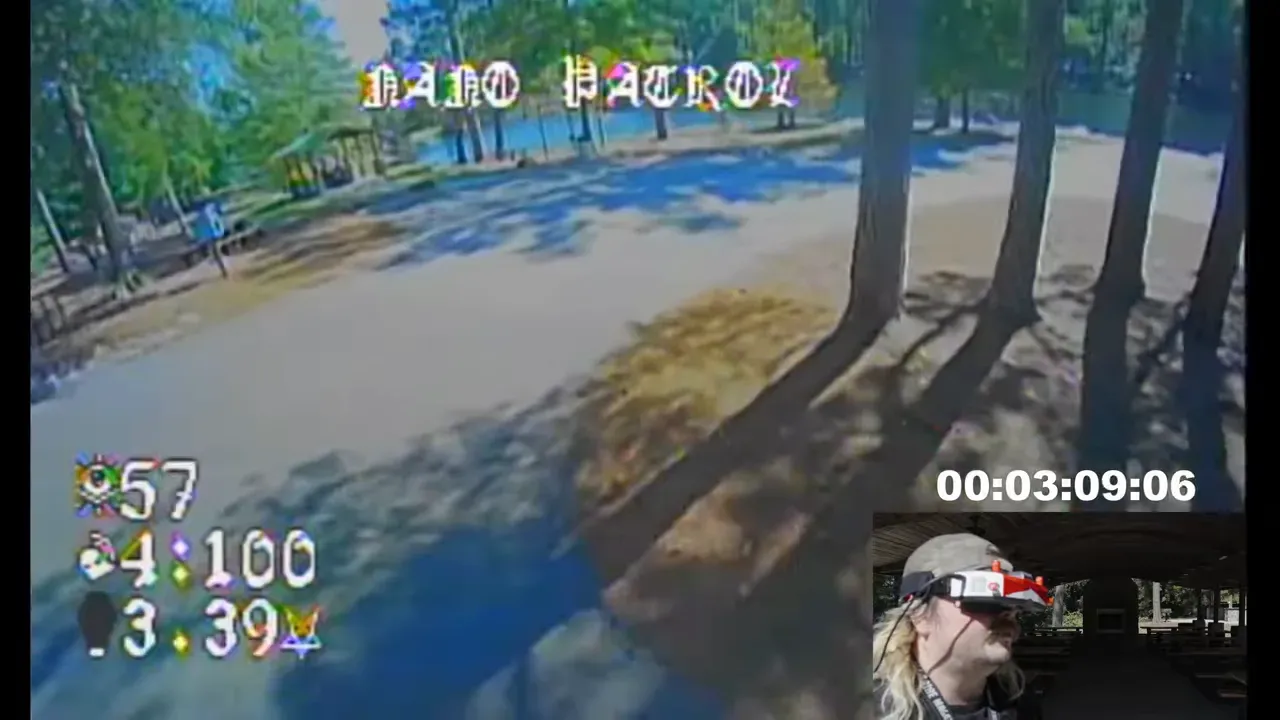
How long do these tiny drones fly on one battery?
Expect around two minutes of relaxed cruising on a decent 350–450mAh 1S battery. Aggressive flying reduces time significantly.
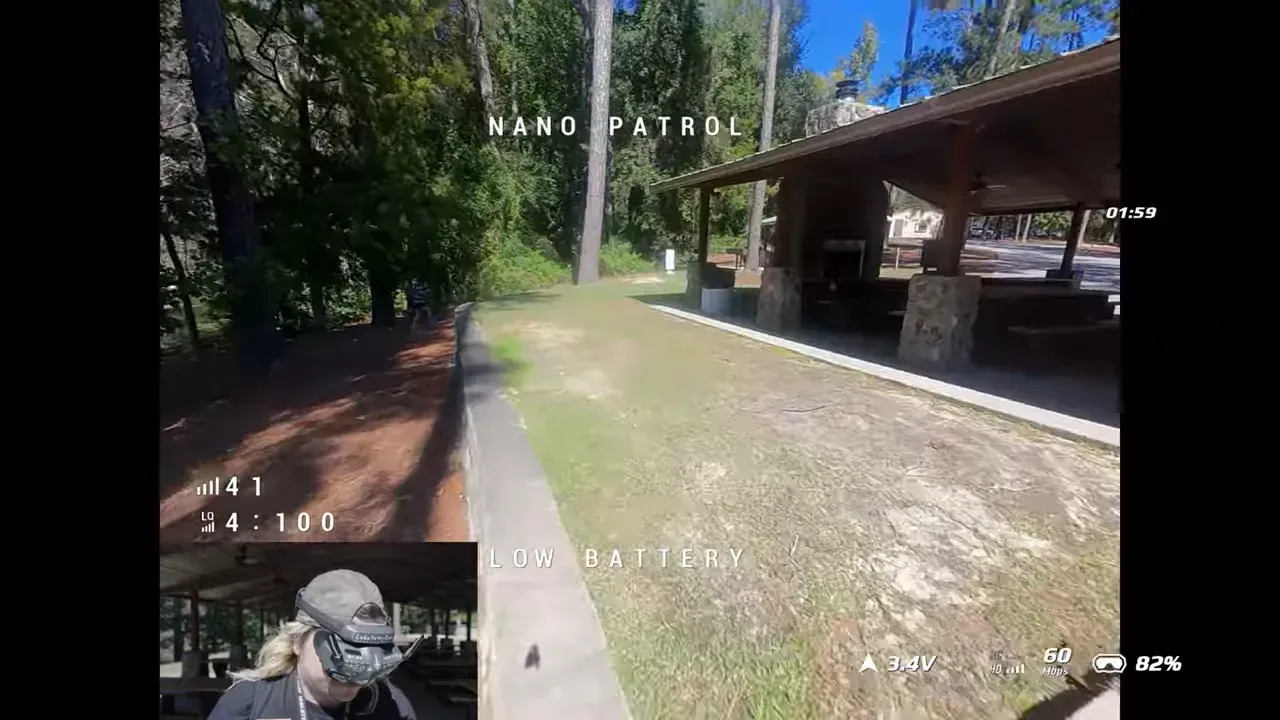
Can a beginner build one of these kits?
Yes. MultiBuild sells complete kits. Basic soldering and radio setup skills help. Join Spider Sugar’s Discord for community help.
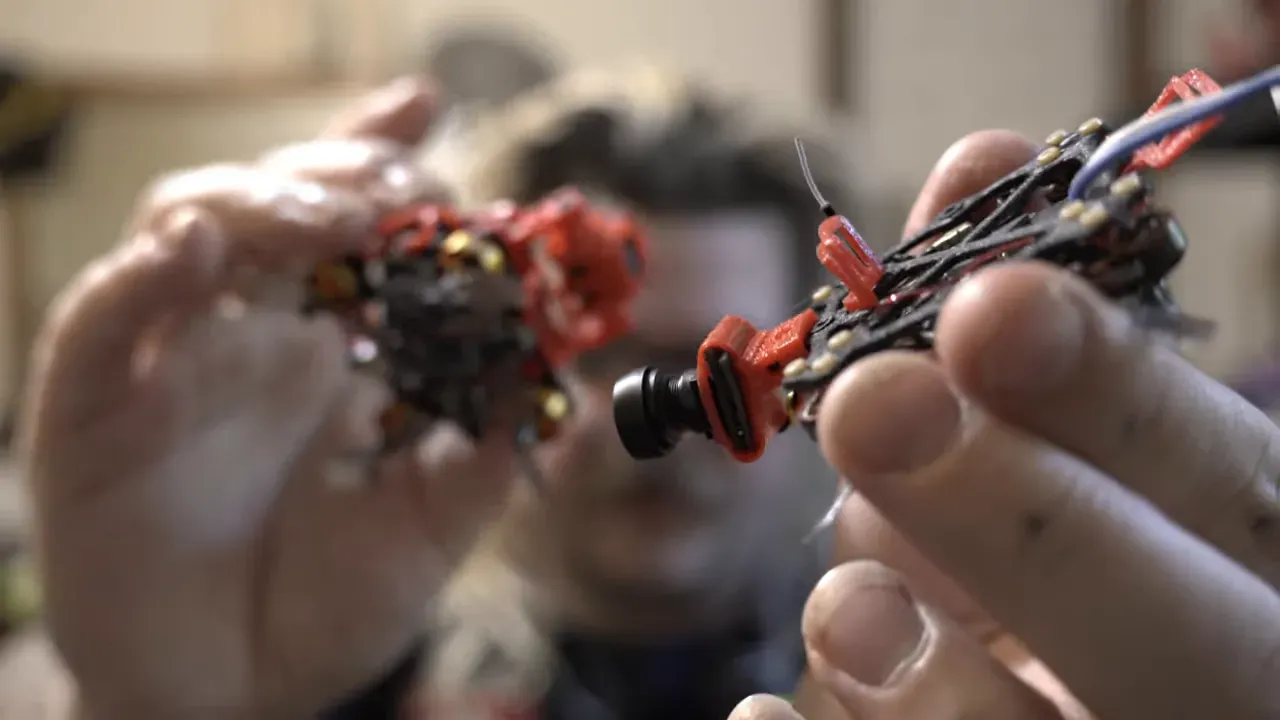
Are they legal to fly?
Local drone laws vary. These are tiny but remain unmanned aircraft in most jurisdictions. Follow local regulations and keep line of sight.
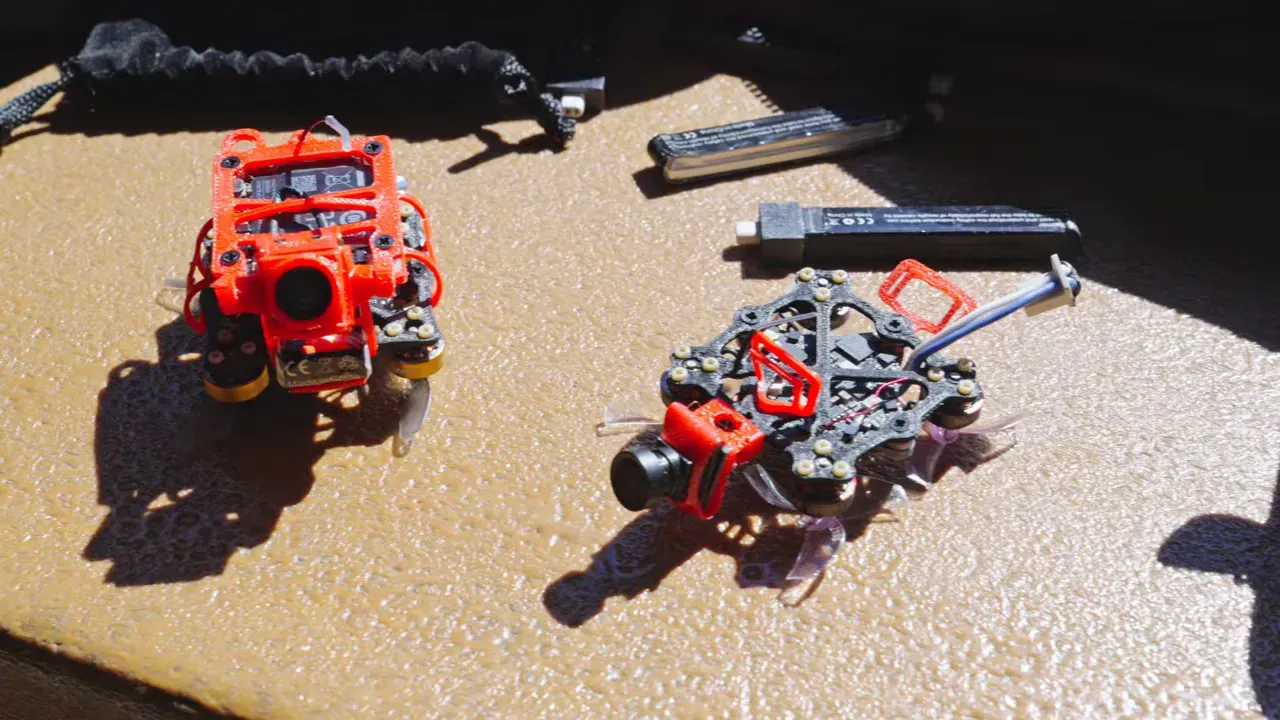
Conclusion
These are proof that the FpV hobby keeps shrinking while gaining capability. A 3D‑printed chassis, a single cell, and surprisingly competent flight dynamics make a tidy package.
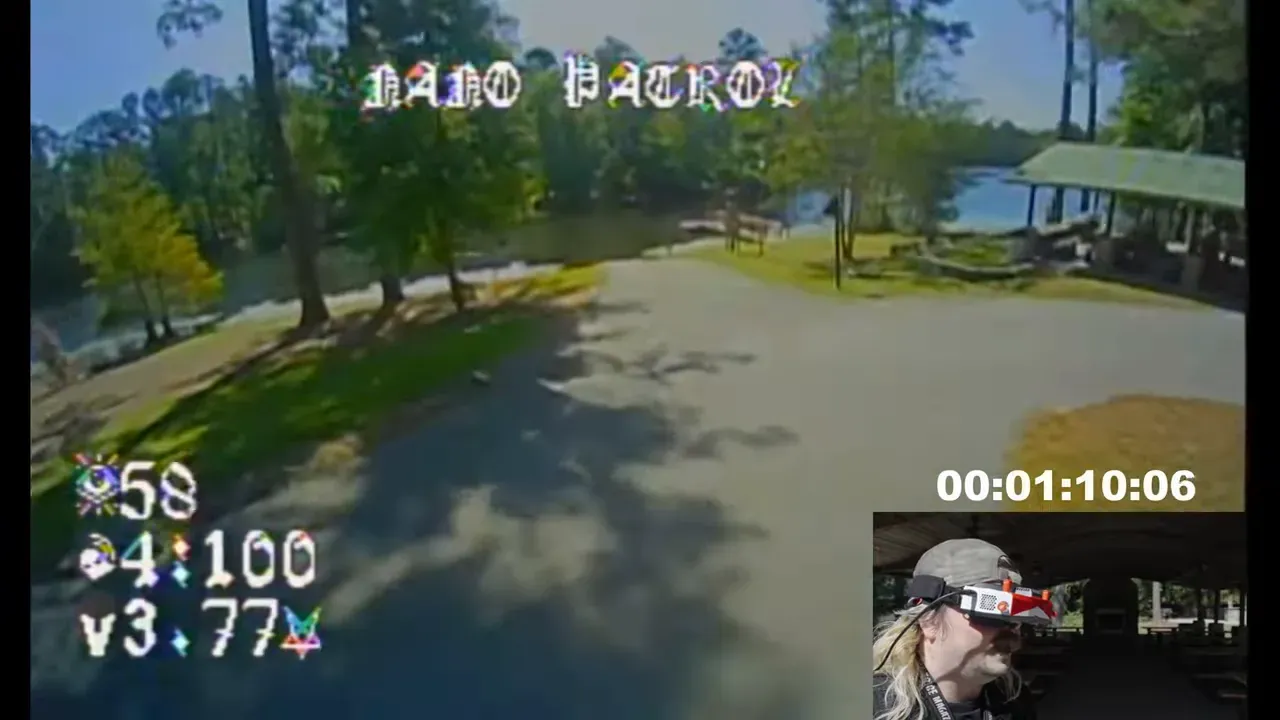
Takeaway
- Micro, minimal, and 3D‑printed — these drones prove small frames can deliver smooth flight.
- The analog 15.5g unit is cinematic; the 04 Air Unit adds HD and speed for the FpV hobby tinkerer.
- Kits exist on Etsy from MultiBuild — good starting point for makers who want a tiny build without CAD work.
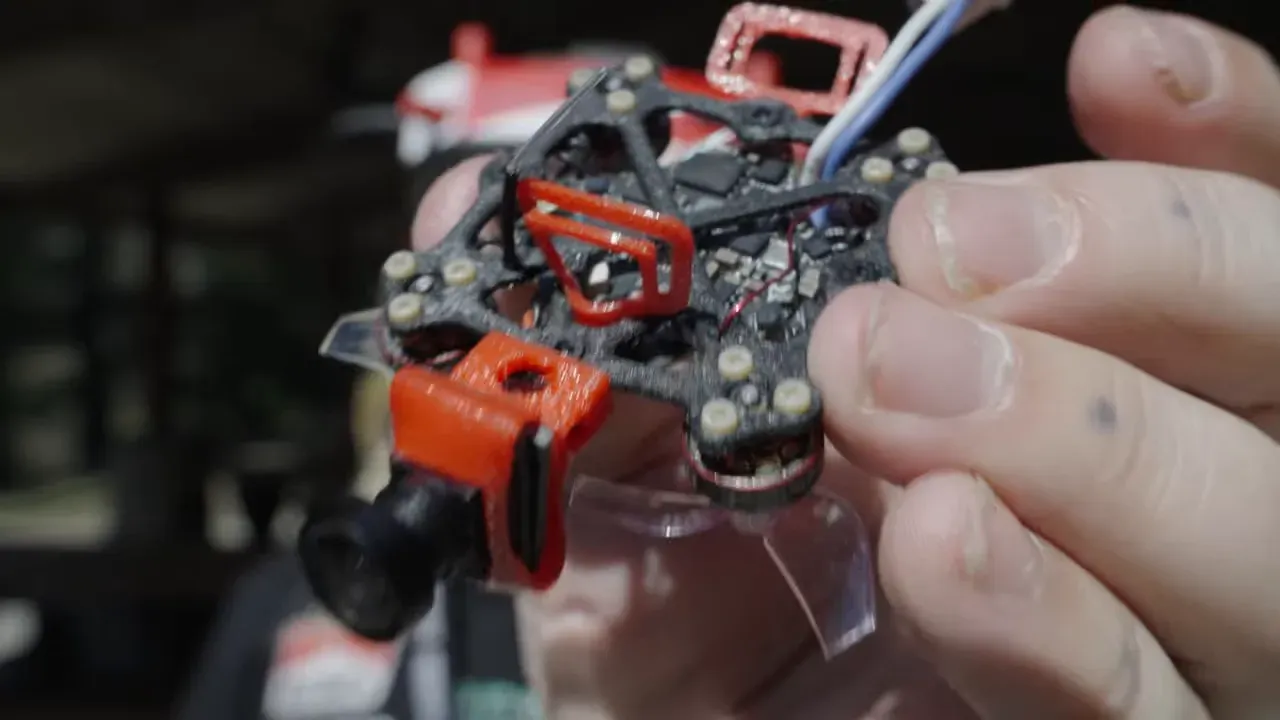
Takeaway box
- FpV hobby keeps shrinking — you can now fly a 15.5g analog nano that fits on a fingertip.
- 3D‑printed frames let makers iterate fast — buy a kit, tweak rates, fly safer near water.
- 04 Air Unit adds HD but costs weight and complexity — choose based on mission: cinematic or crispy HD.
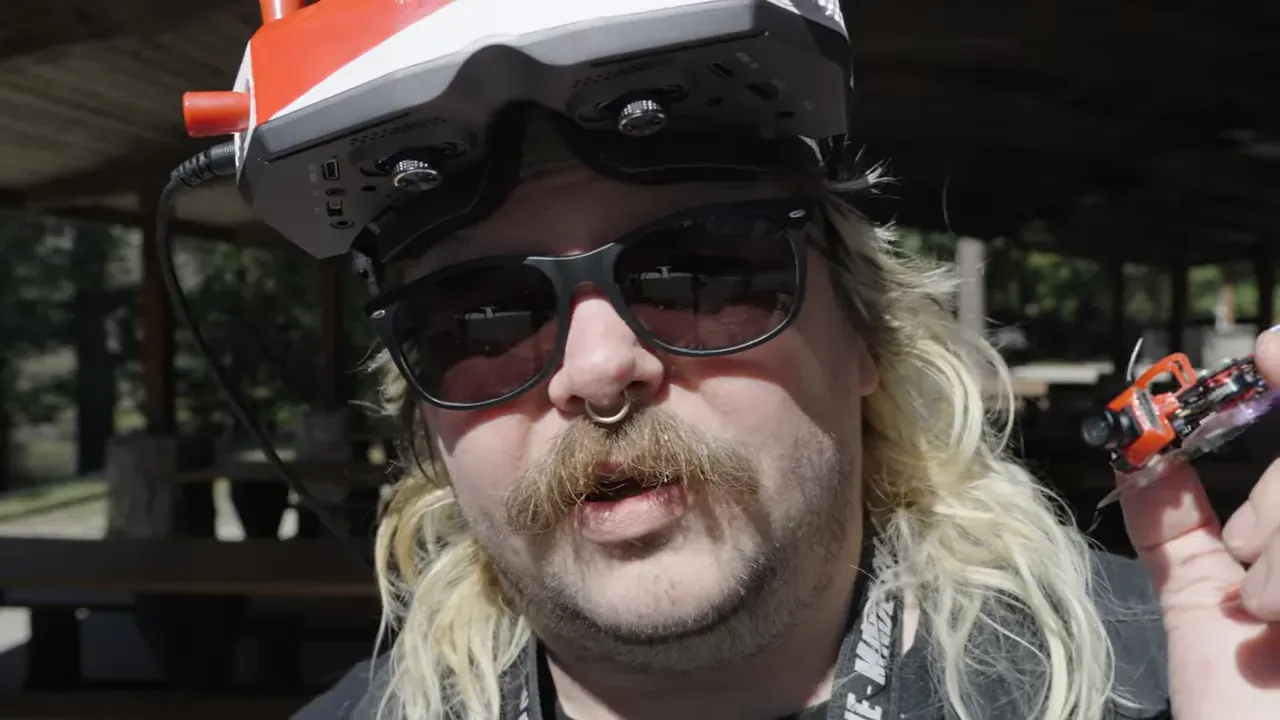
This article was based from the video This IS the WORLDS SMALLEST DRONE



